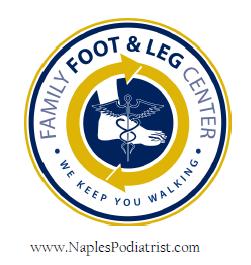DID YOU KNOW?
Having flat feet is associated with an increased prevalence of knee pain and cartilage damage in older adults according to research funded by the Arthritis Foundation. Using the Framingham Foot and OA Studies, a research team from Boston University School of Medicine and the Institute on Aging Research in Boston gathered data on 1,884 older adults whose mean age was 65 years. Twenty-two percent of knees were reported as painful on most days. Magnetic resonance images of the painful knees were acquired to determine the health of the cartilage within the joint. The Staheli Arch Index was used to determine the participants’ foot arch shape. The scientists analyzed the data and adjusted for age, sex and body mass index.
They found that people with the lowest foot arches – commonly called “flat feet” – had 1.39 times the odds of having pain in the knee on the same leg as the low arch. Likewise, those with flat feet had 1.76 times the odds of having cartilage damage in the inner aspect of the knee joint (the medial tibiofemoral compartment). Because of the nature of the study, cause and effect cannot be determined.
People with low or flat arches may be able to ensure proper knee alignment by wearing supportive shoes and/or orthotic inserts.
Gross KD, et al. Planus foot morphology is associated with knee pain and cartilage damage in older adults. Abstract presented at American College of Rheumatology Annual Scientific.




